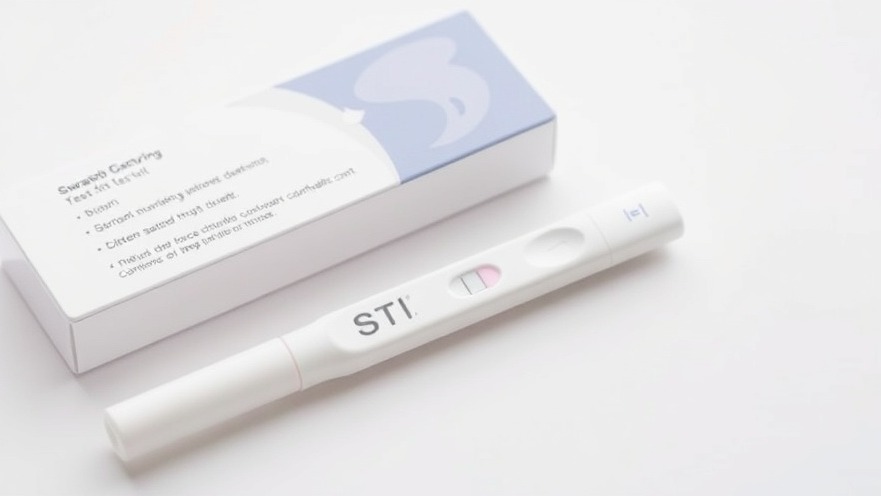
Revolutionizing STI Testing: The At-Home Game Changer
In a groundbreaking move, the FDA has approved the Visby Medical Women’s Sexual Health Test, heralding a new era in the realm of at-home diagnostics for sexually transmitted infections (STIs). This marks a significant shift for women’s health, as it allows them to test for common STIs—chlamydia, gonorrhea, and trichomoniasis—without the need for a prescription, all from the comfort of their home. The innovation not only offers fast results within about 30 minutes but significantly reduces the anxiety associated with seeking STI testing.
Why Home Testing Matters: The Psychological Perspective
For many, visiting a clinic for STI testing can invoke feelings of anxiety and fear, often discouraging them from seeking care. According to Courtney Lias, Ph.D., from the FDA, “Home tests can give people information about their health from the privacy of their home.” This sentiment resonates with healthcare providers, particularly those in concierge practices, where patient comfort and accessibility are key. By introducing an at-home testing option, it is anticipated that individuals will be more likely to engage in testing and, consequently, early treatment.
The STI Landscape: A Growing Public Health Concern
According to the CDC, over 2.2 million cases of chlamydia and gonorrhea were reported in the U.S. in 2023 alone. The persistent epidemic of STIs, including trichomoniasis, necessitates innovative solutions like the Visby test. By increasing accessibility, this home test could lead to a notable uptick in diagnoses, ultimately reducing transmission rates. For owners of concierge medical practices, recognizing and addressing STI issues may represent a vital opportunity for expanding services and improving community health.
Understanding the Technology: High Accuracy and Ease of Use
The Visby Medical test enables users to self-collect a vaginal swab and receive accurate results using a device that communicates seamlessly with the Visby Medical App. Clinical evaluations have shown impressive accuracy, with the test identifying over 97% of positive and negative samples across the three STIs. Such reliability is crucial for patients and healthcare providers alike. In a concierge medicine context, embracing such technology not only enhances patient care but also positions practices as forward-thinking and patient-centric.
Implications for Concierge Practices: Navigating New Regulations
The FDA's approval of this test represents a significant milestone in the regulatory landscape for medical devices. By utilizing the De Novo premarket review pathway, this authorization establishes a precedent for future home diagnostic tests. For owners of concierge medical practices, staying informed about regulatory changes will be vital, not only to adapt services accordingly but also to seize emerging opportunities in at-home healthcare.
What the Future Holds: Exploring Potential Trends in At-Home Testing
The approval of the Visby test opens the door to anticipated advancements in at-home diagnostics. As more devices hit the market, we can expect to see a growing trend where patients take control of their health outside clinical settings. This shift could translate into new revenue streams and patient engagement initiatives for concierge practices eager to stay ahead in a competitive healthcare landscape.
Final Thoughts: The Future is Now
As the landscape of medical diagnostics continues to evolve, offering at-home tests like the Visby Women’s Sexual Health Test may become a cornerstone of proactive health management, particularly in concierge medical settings. Patients benefit from the convenience and privacy of home testing, while practices have the chance to lead the way in delivering top-tier patient experiences. For those in the field, now is the time to assess how such innovations align with your practice’s goals and how to incorporate them as you refine your service offerings.
As this frontier in healthcare unfolds, embracing the future of at-home diagnostics will not only enrich your practice but also empower your patients to take charge of their health outcomes. Engage with emerging technology, explore potential partnerships, and continuously adapt to stay at the forefront of this pivotal shift.
 Add Row
Add Row  Add
Add 






Write A Comment